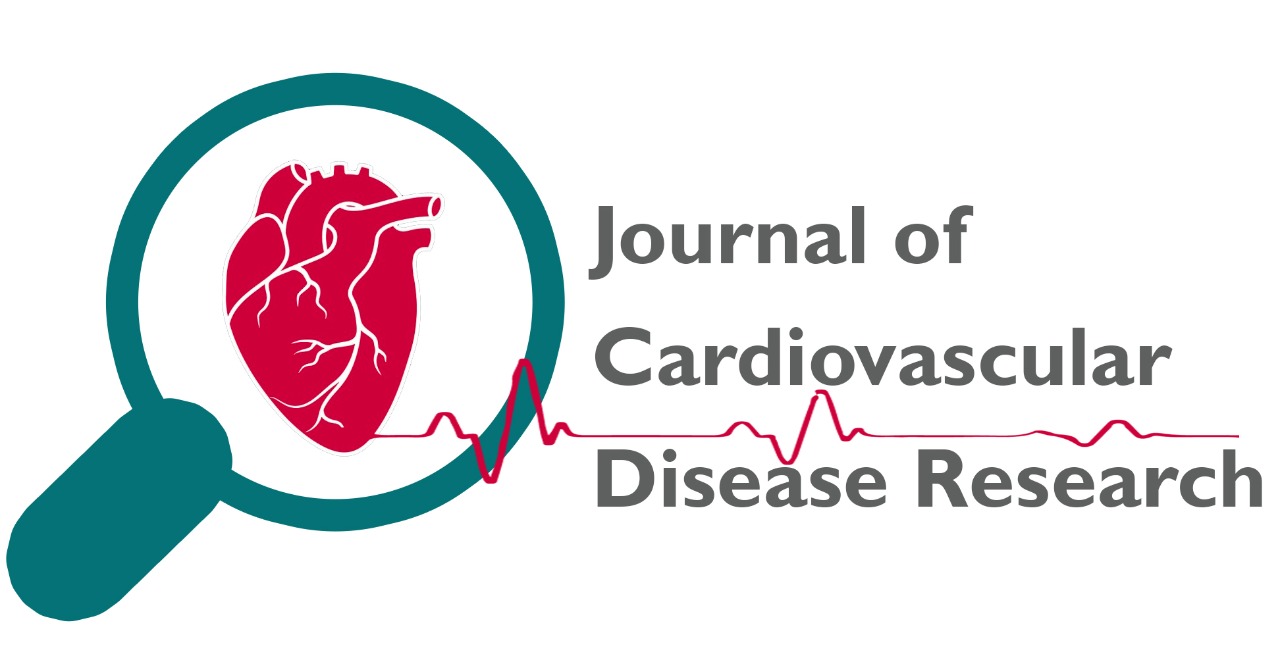
Immunohistochemical Study of Thyroid Neoplasms:CD56 and Galectin-3 in thyroid neoplasm
Dr. Taqiya Nuzhath, Dr. Prema Saldanha, Dr. Nazran Akbar Hussain, Dr. Mridula Kamath
JCDR. 2024: 1216-1222
Abstract
Papillary thyroid carcinoma is the most common malignant thyroid neoplasm. The aim of this study was to evaluate the diagnostic value of CD56 and Galectin-3 immunohistochemical staining in distinguishing between papillary thyroid carcinoma (PTC), and other thyroid follicular neoplasms. Material and Methods: A prospective study consisting of 152 thyroidectomy cases was undertaken with 45 cases of thyroid neoplasms, which were selected for Immunohistochemistry. The sections were stained with routine Haematoxylin and Eosin. The slides were reviewed and suitable blocks were subjected for immunohistochemistry, which was performed using Rabbit monoclonal primary antibody against CD56 (123C3) and Galectin-3 (9c4) from PathnSitu laboratories. Statistical analysis was done to observe frequency and percentage of each diagnosis. Results: Out of 45 cases of thyroid neoplasms, CD56 was done on 40 cases and Galectin-3 was done on 36 cases. The Papillary thyroid carcinoma, classic and its variants showed loss in the expression of CD56 in 90% of cases. Follicular adenoma was positive in 71.4% cases and absent in 28.6% cases, whereas both Follicular carcinoma and poorly differentiated carcinoma were 100% positive for CD56. Galectin-3 was positive in all the malignant neoplasms whereas, negative in 60% and positive in 40% of benign neoplasms. The sensitivity, specificity, positive predictive value, negative predictive value and accuracy of the marker CD56 was 80%, 90%, 72.7%, 93% and 87.5%, respectively and the expression of Galectin-3 was 100%, 86.67%, 87.5%, 100% and 91.6%, respectively. Conclusion: It was found that CD56 was more specific and slightly less sensitive as a marker of follicular differentiation. Galectin-3 was very sensitive and fairly specific marker to differentiate benign from malignant neoplasms. Hence, the use of these markers is a useful and reliable diagnostic approach for identification of thyroid neoplasms.
Description
Volume & Issue
Volume 15 Issue 2
Keywords
|
This is an open access journal which means that all content is freely available without charge to the user or his/her institution. Users are allowed to read, download, copy, distribute, print, search, or link to the full texts of the articles in this journal without asking prior permission from the publisher or the author. This is in accordance with the Budapest Open Access Initiative (BOAI) definition of open access.
The articles in Journal of Cardiovascular Disease Research are open access articles licensed under the terms of the Creative Commons Attribution Non-Commercial License (http://creativecommons.org/licenses/by-nc-sa/3.0/) which permits unrestricted, non-commercial use, distribution and reproduction in any medium, provided the work is properly cited. |
|
|
|
|
|
Copyright � 2022 Journal of Cardiovascular Disease Research All Rights Reserved. Subject to change without notice from or liability to Journal of Cardiovascular Disease Research.
For best results, please use Internet Explorer or Google Chrome POLICIES & JOURNAL LINKS
Author Login
Reviewer Login About Publisher Advertising Policy Author's Rights and Obligations Conflict of Interest Policy Copyright Information Digital Archiving & Preservation Policies Editorial Policies Peer Review Policy Editorial & Peer Review Process License Information Plagiarism Policy Privacy Policy Protection of Research Participants (Statement On Human And Animal Rights) Publication Ethics and Publication Malpractice Statement Corrections, Retractions & Expressions of Concern Self-Archiving Policies Statement of Informed Consent Terms of Use |
Contact InformationJournal of cardiovascular Disease Research,
|




